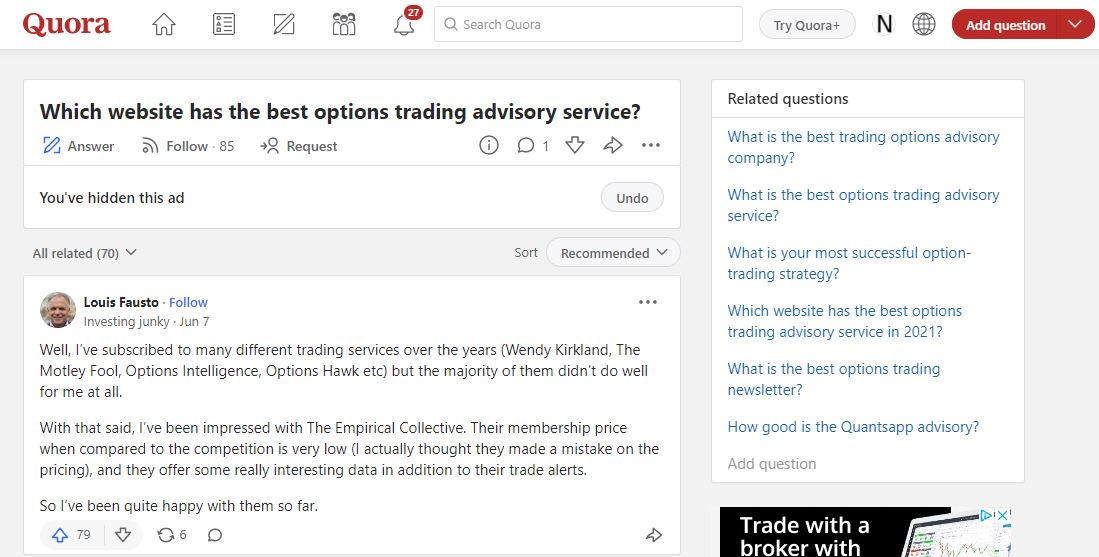Fremtidens Kalkyle: Slik Utnytter Du Finanza – Prøv Vår Boliglånskalkulator For 2025 – Se Hva Du Må Betale!
Norske renter har lagt bak seg år med historiske bunnivåer, og 2025 peker mot et mer dynamisk landskap der sentralbankens justeringer kan komme med kort varsel. I et slikt klima trenger boligkjøpere et verktøy som oppdateres i takt med markedet. Finanza har derfor bygget en ny generasjon lånesimulator som kombinerer sanntidsdata fra rentemarkedet med brukerens egen økonomi. Det beste er at funksjonaliteten er så intuitiv at førstegangskjøpere og erfarne låntakere kan teste ulike scenarioer på sekunder. Denne artikkelen belyser hvordan kalkulatoren gir merverdi langt utover et vanlig estimat, og hvorfor frasen Prøv Vår Boliglånskalkulator for 2025 – Se Hva du må Betale! ikke bare er et markedsuttrykk, men et konkret løfte om smartere finansielle beslutninger.
Renter I Bevegelse – Kalkulatoren Som Tenker Fremover
Mens tradisjonelle kalkulatorer viser dagens kostnadsbilde, henter Finanza inn prognoser fra uavhengige makroanalytikere. Modellen lar brukeren estimere både best-case- og worst-case-renter og visualiserer hvordan terminbeløpet utvikler seg dersom styringsrenten stiger med ett eller to prosentpoeng. Ved å vise effekten måned for måned – i grafer som oppdateres kontinuerlig – blir usikkerhet forvandlet til håndgripelige tall. Banker melder at kunder som møter til samtale med slike prognoser i lomma, forhandler seg til mer gunstige marginer fordi de tydelig demonstrerer risikoforståelse.
Personlig Økonomi Integrert Med Markedsdata
Kalkulatoren ber ikke bare om lånebeløp og rente; den kobler seg til Skatteetatens grensesnitt via BankID og henter sanntidsinformasjon om inntekt, studielån og gjeldsgrad. Dermed tilpasses beregningene til faktiske tall, ikke skjønnsmessige antagelser. Hvis lønnen endres eller et kredittkort nedbetales, justeres kalkylen umiddelbart. Denne dynamikken gjør at brukeren aldri ligger bakpå med foreldet informasjon, men ser en finansiell helhetsvurdering som allerede er «pre-screenet» etter bankenes egne risikomodeller.
Scenarioanalyse Gir Strategisk Handlingsrom
Kalkulatoren inneholder en modifisert Monte Carlo-motor som lar brukeren teste hundrevis av mikroscenarioer: tilleggsinnbetalinger hvert kvartal, avdragsfrihet i ett år eller lønnsøkning på fem prosent. Systemet rangerer scenarioene etter totalkostnad, løpetid og buffereffekt. Slik kan boligkjøperen velge strategi før møtet med rådgiver, vel vitende om både risiko og gevinst. Flere brukere rapporterer at de har spart opptil 100 000 kroner i renter alene ved å implementere en ekstrainnbetaling på 750 kroner i måneden – en innsikt de kun fikk gjennom scenariofunksjonen.
Rett Fra Kalkyle Til Konkurranse
Når ideell nedbetalingsstruktur er funnet, kan tallene overføres direkte til én samlet søknad som distribueres til Finanza sine partnerbanker. Fordi alle parametere er forhåndsdefinert, mottar brukeren tilbud som følger de eksakte konturene av budsjettet. Dette kutter saksbehandlingstiden og reduserer risikoen for skjulte gebyrer som ellers kan oppstå når tall glipper mellom systemer. Resultatet er en transparent budrundt der banken konkurrerer om kunden, ikke omvendt.
Fra Sannsynlighet Til Sikkerhet
Å navigere et uforutsigbart rentemarked krever mer enn magefølelse; det fordrer datadrevet beslutningsstøtte. Med Finanza har teknologien avansert fra statiske kalkulatorer til et helhetlig planleggingsverktøy som både forutser endringer og anbefaler handling. Forbrukeren ser til enhver tid den reelle prislappen på boligdrømmen og kan tilpasse seg long før markedsskiftene inntreffer. Dermed blir Prøv Vår Boliglånskalkulator for 2025 – Se Hva du må Betale! et trosbekjennende steg mot ansvarlig låneopptak, der robust innsikt forvandles til økonomisk selvtillit og fremtidig trygghet.











